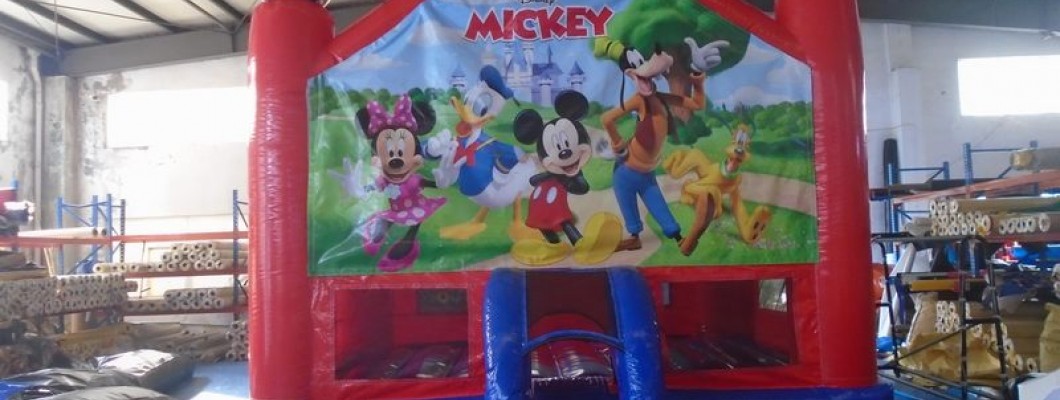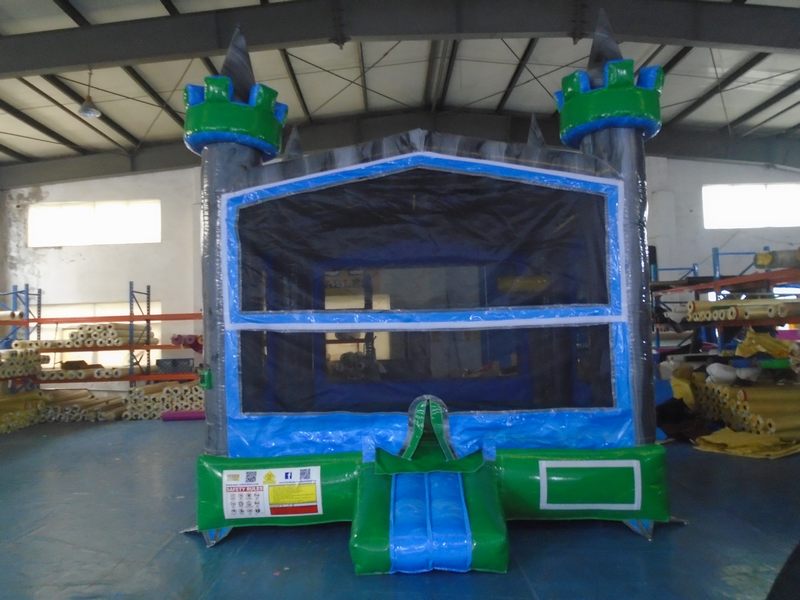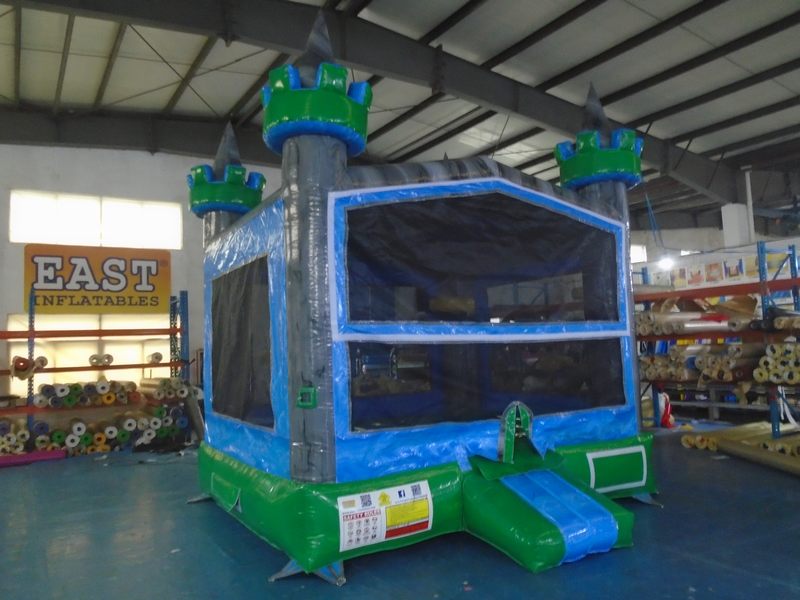
Ensuring that an inflatable is properly inflated is crucial for both safety and functionality. Over-inflation or under-inflation can lead to problems ranging from structural failure to increased risk of injury. Here’s how to determine if your inflatable is correctly inflated:
1. Visual Inspection
The first step is to conduct a visual inspection. A properly inflated inflatable should have a firm, upright appearance with no sagging or uneven areas. The structure should hold its shape well, with the sides and corners fully extended.
2. Firmness Check
Press gently on the surface of the inflatable. It should feel firm and resilient, not overly tight or soft. If it feels too hard, you might be dealing with over-inflation, which can stress the seams and material. If it’s too soft, it may need more air to provide proper support.
3. Stability Test
Observe the stability of the inflatable. When properly inflated, the structure should remain steady and not wobble or lean to one side. You can gently push on different parts of the inflatable to check if it remains firm and returns to its original position without excessive movement.
4. Air Pressure Consistency
Listen for any hissing sounds that might indicate air escaping. If you detect any leaks, the inflatable may not maintain proper air pressure, leading to under-inflation. Check the air intake and all connections to ensure there are no air leaks.
5. Occupancy Load
Once the inflatable is set up, allow a few users to enter and test the structure. A properly inflated inflatable should comfortably support the recommended number of users without sagging or losing its shape. If the inflatable begins to deform or lose firmness, it may need additional air.
6. Manufacturer’s Guidelines
Always refer to the manufacturer’s guidelines for specific instructions on inflation. Many inflatables come with recommended air pressure levels or time estimates for proper inflation. Following these guidelines ensures that the inflatable is neither under- nor over-inflated.
7. Regular Monitoring
Even after the initial setup, continue to monitor the inflatable during use. Environmental factors like temperature changes or extended use can affect air pressure, so it’s important to check the firmness and stability periodically.
Conclusion
Knowing if an inflatable is properly inflated involves a combination of visual inspection, physical checks, and adherence to manufacturer’s guidelines. By taking the time to ensure proper inflation, you can enhance the safety, stability, and longevity of the inflatable, providing a fun and secure environment for all users.






Leave a Comment